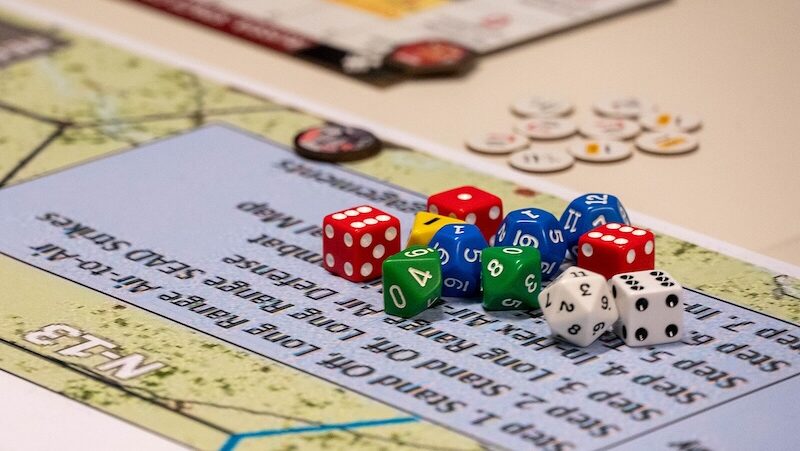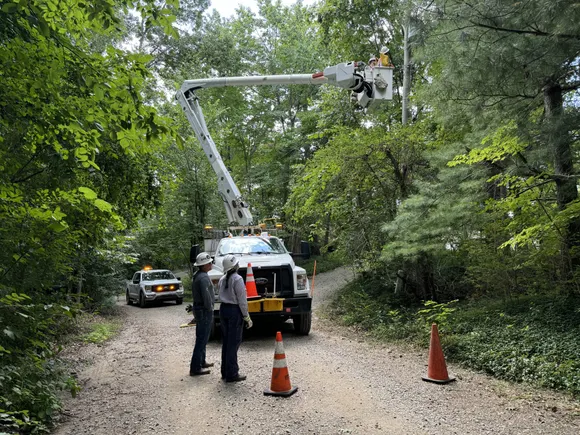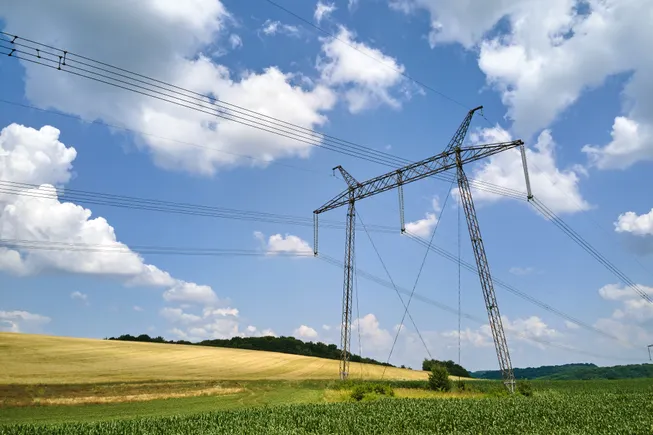11 Flowers You Should Plant Along Your Vegetable Garden
A strip of wildflowers does more for a farm than regular pesticide use. And there’s no denying the geological and ecological benefits of native plantings added to a farm. Here are 11 flowers that lead to better production and a healthier, more resilient farm. The post 11 Flowers You Should Plant Along Your Vegetable Garden appeared first on Modern Farmer.

Recent studies suggest planting strips of wildflowers alongside crops boosts pollination and promotes higher yields. But these aren’t the only benefits. Adding wildflowers to your farm stabilizes the ground and preserves top soil. Wildflower strips sequester carbon, too.
Taller shrubs act as a hedge, keeping destructive wildlife within their bounds, rather than in your grain crops. Native plantings offer habitat to native bees, butterflies, moths, wasps, and other insects. They also support native bacteria, fungi, and archaea below the soil line.
All of these advantages funnel back into your revenue. However, the most important benefit is how wildflowers attract predatory insects. These are your first line of defense in pest control. As certain pests spread diseases, these beneficials offer a degree of disease-prevention, too. Plant the following flowers along your vegetable garden to ensure a stronger, more resilient farm.
Yarrow

Many of the plants on this list have flowers called umbels. This botanical structure is a composite of multiple flowers that bloom closely together and create a flat or umbrella-like structure. Yarrow is one such plant with this type of flower.
Not only is yarrow a widespread native across the northern hemisphere, its repeated flowers are ideal for the vegetable garden. They attract beneficial insects in fall and spring. It’s root hardy in zones 3 through 9, and quickly fills in bare soil, holding it in place.
Lady beetles, soldier beetles, lacewings, predatory wasps, flies, and native bees all love to feed on the nectar and pollen of yarrow plants. Having ovipositing wasps and predatory beetles in the garden keeps aphids, caterpillars, thrips, and mites under control, along with pestilent beetles.
In areas that are particularly cold or hot, yarrow has built-in climate resiliency. It’s an easy plant to grow in poor soils, and produces seed twice per year. It has scientifically-proven medicinal benefits, and would make a lovely ingredient in a tea blend formulated for market day.
Aster

Members of the Aster and Symphyotrichum genera are long-beloved plants with a wide range of nativity across North America. From low-lying ground covers to shrubs up to eight feet, their iconic disc-ray flowers are a common sight in the wild, and in cultivated wildflower strips designed to increase pollinator activity near vegetable gardens.
Asters bring in lady beetles and soldier beetles, lacewings, hoverflies, bees, and wasps. These keep populations of the most common garden pests in check. When I included an aster in my garden, native bees became my ally in the veggie department. They can be yours, too.
Most asters have a long bloom time, lasting from summer through to the first frost. This provides beneficial attractive and pest-repellant properties in the seasons that require it most. The cheery blooms are a lovely sight as well, with pops of purple, pink, or white with staying power.
Goldenrod

If you want lady beetles and soldier beetles to eat aphids, mealybugs, potato beetles, and bean beetles, plant goldenrod. Do this, and you bring in songbirds, some of the most voracious pest predators out there. As they stop off to snack on goldenrod seeds, they’ll pop over to take out some grasshoppers in the process.
Goldenrod blooms when other plants are already going to seed, lasting into fall and providing forage for birds in winter. A vigorous plant, it spreads easily and readily, stabilizing soil along embankments where erosion is common.
In southeastern areas of the US, Canada goldenrod (Solidago canadensis) tends to invade natural areas. In these places, S. nemoralis, or prairie goldenrod is a better choice. For small farms with limited space, save your space for species other than goldenrod. Even in its native range, it can be aggressive.
Fennel

While not a native species, fennel is incredibly beneficial for plantings that line veggie gardens. With umbel flowers, parasitic wasps and flies of all kinds flock to the plant. These control populations of aphids, whiteflies, scale insects, and more. The leaves are also the preferred host site for swallowtail butterflies.
While fennel can double as a crop, farmers should plant it away from other plants due to its allelopathic properties. These limit the growth of nearby plants so fennel can proliferate. However, fennel bulbs are a delicious and specialty market item. Plant yours in an area with plants that can handle the growth-inhibiting compounds, like sunflowers and forsythia.
Fennel has naturalized in the southwestern regions of the US and has become invasive along the coast of California. Do not plant in areas where it’s invasive, as it will take over your wildflower strip and make it hard to grow a diverse array of nectar and host plants that benefit your veggie garden.
Liatris

Not only is blazing star a lovely spiked and swirling flower that forms thickets when planted en masse, it has a long flowering period from late summer through fall. If you struggle with pollination, this is the plant for your veggie garden border.
Bees, hoverflies, and butterflies converge on liatris. You won’t just get honeybees either. You’ll get a huge section of your native bee population, too. Hoverflies love liatris, too. These are a great line of protection among beneficial insects, feeding on aphids, thrips, mealybugs, and leafhoppers.
Blazing stars are tough prairie plants. They adapt to rough conditions with ease, and they multiply every year. If you need a section filled in with something that provides more to your veggies and to your local ecosystem, this is a good one to go for.
Milkweed

You’ve probably heard that milkweed is the only host plant for the monarch butterfly. When monarchs migrate throughout North America in late summer through fall (and then again in spring), having milkweed in your garden gives them a space to feed and to lay their eggs. These plants are where their young can live until they pupate and continue the cycle.
You get so much more than this when you grow members of the Asclepias genus. Bees, flies, other butterflies, and skippers are just a few that love to sip nectar from milkweeds and pollinate your vegetable garden in the process. Hoverflies feed off these plants and control pests, too.
Look for a milkweed native to your region, and grow it. Not only have native Asclepias species evolved for thousands of years alongside monarchs, they’ve evolved with native insects that keep your garden healthy and happy through the months where pests are common.
Native Mints

If you skip the Mentha species due to their invasive nature, know that you don’t have to skip on mint completely. In North America, native Pycnanthemums are just as good, if not better. They’re in the same family as mint, and have minty oils in their leaves just like cultivated varieties. They are much easier to control than your average mint.
The greatest boon to the garden that native mints provide is their ability to attract a diversity of insect species. Numerous Pycnanthemum species are prime plants for attracting over 50 species of insects, and high amounts of bees, syrphid flies, and butterflies. Bees absolutely love native mints.
So expect a boost in diversity and pollination when you plant native mints. Also expect the survival of rarer species to increase, as long as native insects pollinate and feed on them. These mints are great companions to veggie plants, and are just as edible as the cultivars you’re used to.
Monarda

The common name for members of the Monarda genus is often (but not always) bee balm. There’s a reason for that. Bees love monarda species. Small insect-hunting birds, like hummingbirds, also love bee balms. Get extra pollination with extra pest control with this plant.
The leaves and flowers of bee balm make a lovely, peppery, minty tea. The plants spread quickly and vigorously, covering areas that need protection from erosion. On slopes, bee balm stabilizes soils. The plants attract numerous beneficial insect species.
Beneficials include bumble bees, sweat bees, sand wasps, hawkmoths, and more. Moths happen to be better pollinators than bees, and do much of their work at night. With many different types of bee balm, with differing colors and structures, you can’t go wrong planting them near your veggies.
Eryngium

With a couple of carrot family plants already on this list, why not add one more? The Eryngium genus comprises a host of plants that are truly magnificent. Rattlesnake master is one of these, as well as California eryngo and Leavenworth’s eryngo. These unique plants are particularly beautiful in cut and dried arrangements due to their interesting flowers and foliage.
Aside from their multipurpose in your revenue streams, parasitic wasps and flies love them. If you grow tons of tomatoes, this is a great plant to include in your prairie strip. Ovipositing wasps are the main predators of tomato hornworms. Flies are great pollinators, too.
Eryngo is another incredibly tough plant that can handle drought, intense heat, cold, and it returns year after year. Songbirds snack on the dried seeds of this plant, and stop off before they feed on the aphids doing their thing in your cabbage garden in fall and early spring.
Sunflowers

Another beautiful cut flower (and a no-brainer), sunflowers are a perfect plant for growing alongside vegetables. For a perennial border, choose a species that is root hardy to your region. In smaller gardens where an ever expanding patch of sunflowers is less than desirable, go for a cultivar.
Birds, bees, wasps, lacewings, and more love sunflowers. I can’t tell you how many birds I see eating the seeds of your average annual sunflower every year. In eroded areas, sunflowers keep the soil in place. Their seeds are a good source of protein and can be pressed into oil.
Sunflowers are a great hedge plant where wildlife love to root around in your carefully curated veggie garden. There are even studies taking place right now to examine sunflower heavy metal cleansing capabilities. If you just inherited a plot that you know has contaminated soil, keep these studies on your radar.
Eutrochium maculatum

We’ve discussed many tough plants that handle dry conditions easily. It’s worth having Joe Pye Weed in the mix to keep it relevant for veggie farmers in boggier areas. This herbaceous perennial loves wet soil, as it thrives in wetlands across North America.
Bees, wasps, files, butterflies, and moths are hugely attracted to Joe Pye weed. The tall plants grow up to seven feet in optimal conditions. This makes them good for hedging and controlling erosion in soils that shift easily. They appreciate both full sun and partial shade, so they adapt to varying light conditions, too.
If your garden is planted along a riparian area, this tall shrub’s compound flowers are perfect. If you need a perennial that spreads quickly and easily, E. maculatum definitely does. It is root hardy in colder regions, and does well in more temperate ones.
These Flower Farmers Are Planting it Forward
From her flower farm in Washington, Deanna Kitchen launched the Growing Kindness Project to plant seeds of community across the world.
The post 11 Flowers You Should Plant Along Your Vegetable Garden appeared first on Modern Farmer.








































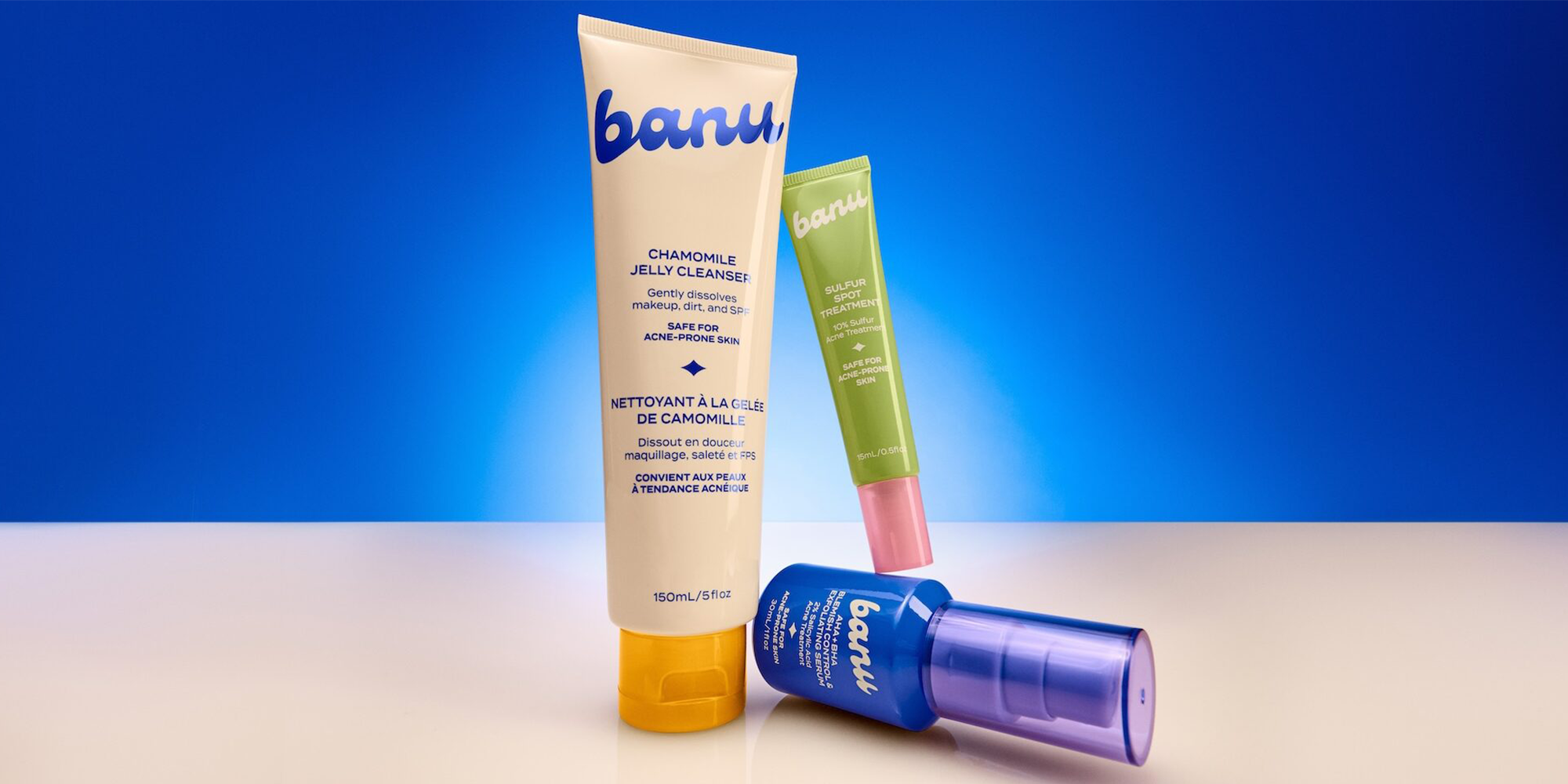














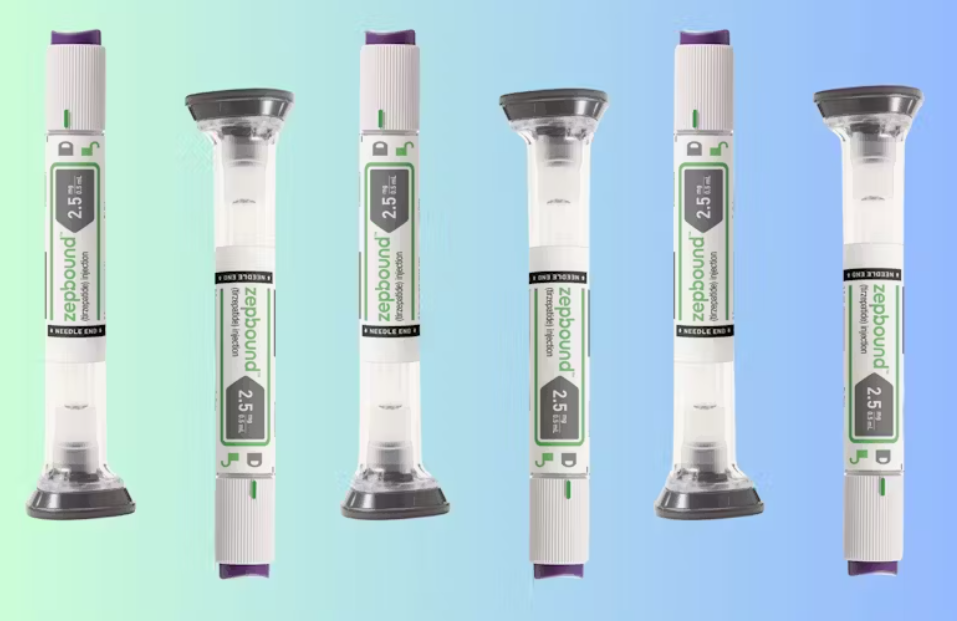








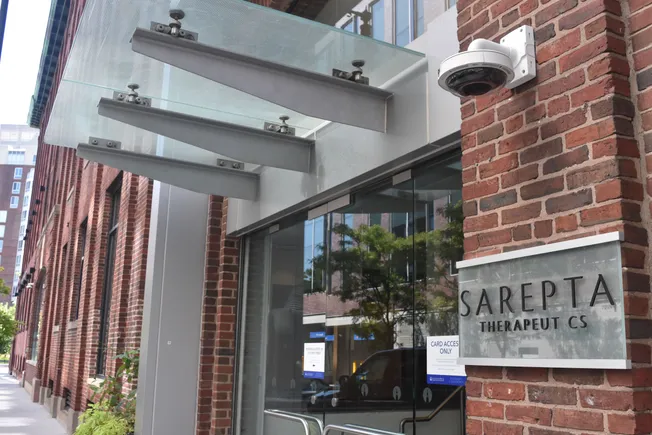





















![The sights of Paris Air Show Day 1 [PHOTOS]](https://breakingdefense.com/wp-content/uploads/sites/3/2025/06/IMG_1798-scaled-e1750092780492.jpg?#)



















